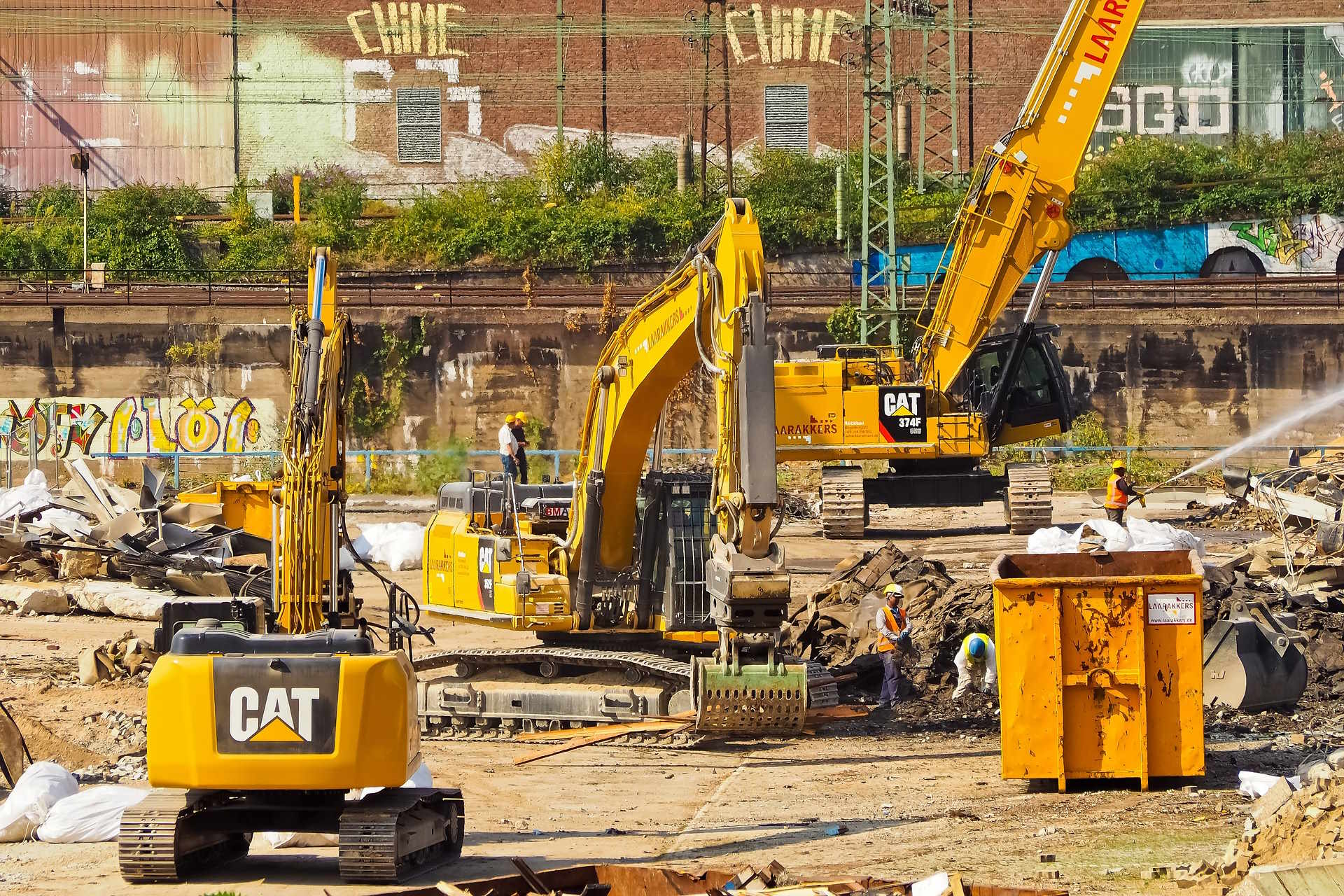Understanding Heavy Construction Equipment: A Guide to Earth-Moving Machinery
Heavy construction equipment represents the backbone of modern infrastructure development, enabling everything from small residential projects to massive commercial developments. These powerful machines, particularly earth-moving equipment like bulldozers and excavators, have revolutionized the construction industry by dramatically reducing manual labor requirements while increasing efficiency and precision in construction operations.

Understanding Bulldozer Classifications and Capabilities
Bulldozers come in several size classifications, each suited to different applications. Mini bulldozers typically range from 2,000 to 8,000 pounds, making them ideal for residential and small commercial projects. Standard bulldozers can weigh anywhere from 8,000 to over 100,000 pounds, with larger models primarily used in mining and major infrastructure projects.
Essential Features of Modern Construction Equipment
Today’s machinery incorporates advanced technology to enhance operational efficiency and safety. Modern earth-moving equipment features GPS guidance systems, automated grade control, and real-time performance monitoring. These innovations help operators maintain precise control while maximizing productivity and minimizing fuel consumption.
Maintenance Requirements for Earth-Moving Machinery
Regular maintenance is crucial for construction equipment longevity and performance. Daily inspections should include checking fluid levels, track tension, and wear patterns. Professional servicing intervals typically occur every 250-500 operating hours, depending on the machine’s specifications and usage conditions.
Cost Considerations for Heavy Construction Equipment
| Equipment Type | Purchase Price Range | Daily Rental Range |
|---|---|---|
| Mini Bulldozer | $25,000 - $75,000 | $200 - $400 |
| Standard Bulldozer | $100,000 - $350,000 | $400 - $1,000 |
| Compact Track Loader | $40,000 - $90,000 | $250 - $500 |
Prices, rates, or cost estimates mentioned in this article are based on the latest available information but may change over time. Independent research is advised before making financial decisions.
Safety Protocols in Heavy Machinery Operation
Safety remains paramount in construction equipment operation. Proper training, regular equipment inspections, and adherence to OSHA guidelines are essential. Operators must maintain clear communication with ground crews and utilize proper personal protective equipment (PPE) at all times.
Construction equipment continues to evolve with technological advancements, offering improved efficiency and safety features. Whether choosing between purchasing or renting, understanding the capabilities and requirements of different machinery types ensures optimal project outcomes while maintaining cost-effectiveness and operational safety.






